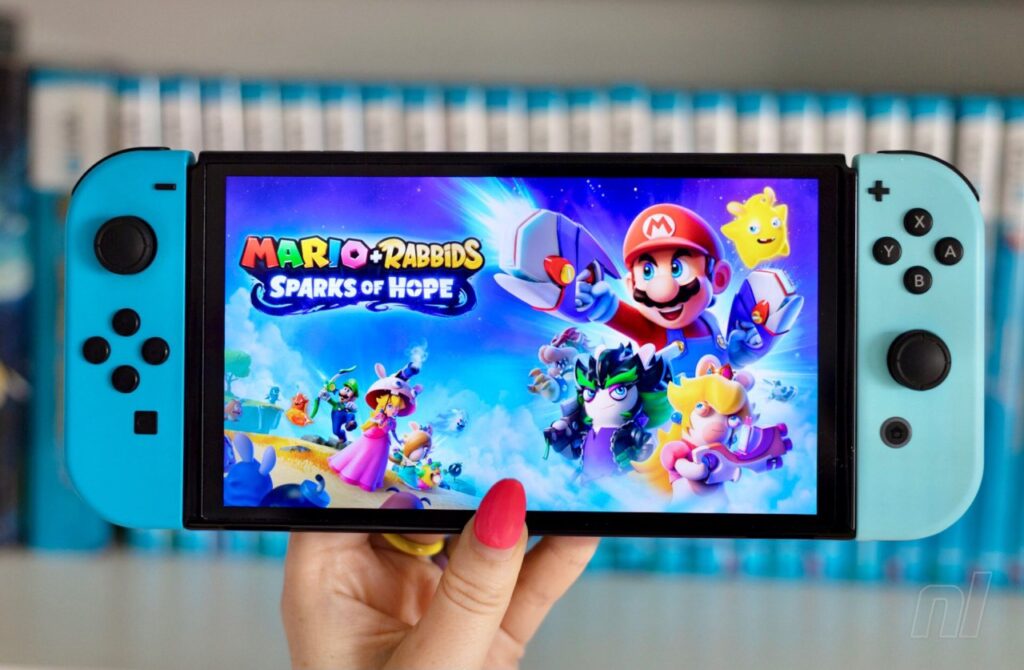Despite the rise of 3D rendering in the gaming industry, 2D graphics remain relevant and are thriving due to factors like appeal of pixel art, indie game development, and practicality of 2D game development. Pixel art, often associated with nostalgia, continues to draw gamers while indie developers favor 2D graphics given their simplicity and lower costs. The easier game design, simpler development process, and less demanding hardware requirements also contribute to the continued relevance of 2D graphics. The enduring appeal of 2D gaming, amidst more advanced gaming technologies, highlights its timeless allure and its enduring value for developers and gamers alike.
The Power of Pixels: How 2D Graphics Still Thrive in Modern Gaming
Introduction
Amidst the glitz and glamour of photorealistic 3D rendering and high-definition gaming that dominates the video game industry today, some may find it surprising that 2D graphics continue to remain relevant and thrive in the world of modern gaming. Since the first pixel was illuminated on computer and television screens across the globe, 2D graphics in video games have captivated and entertained audiences of all ages, from nostalgic adults to young, enthusiastic gamers. In this age of hyperrealistic visuals and Virtual Reality headsets, what keeps 2D gaming alive and kicking? Let’s delve deep into the power of pixels and the timeless appeal of 2D graphics in gaming.
The Resurgence of 2D Graphics
Falling under the shadow of high-powered, 3D graphic games for a while, 2D games have nonetheless made a confident resurgence within the gaming industry. They’ve found their definition in the realms of indie gaming, mobile platforms, and browser-based games. Among the factors contributing to this resurgence are the nostalgic allure of the pixel art style, the rise of indie game development, and the practical benefits of creating 2D games.
Nostalgia and the Allure of Pixel Art
For a significant portion of gamers, pixel art – the iconic visual style synonymous with 2D games – evokes feelings of nostalgia, transporting them back to the gaming era of the ’80s and ’90s. Games like “Super Mario Bros.” and “The Legend of Zelda” are entrenched in the memories of a generation, and their iconic art styles contribute significantly to their lasting appeal.
Contemporary audiences haven’t shied away either, continue to gravitate towards this pixelated phenomenon, attributing this to the unique aesthetics that pixel art offers. Pixel art’s constraints have tended to foster creativity, resulting in visually captivating forms of masterpieces.
The Rise of Indie Game Development
Indie game development has breathed new life into 2D graphics by championing the art form for its simplicity and appeal. Facilitated by the accessibility of game development tools now, independent developers favor 2D graphics since they are easier and more cost-effective to produce than their 3D counterparts. Prominent indie titles like “Hollow Knight”, “Celeste”, and “Stardew Valley” have proven that 2D graphics are no obstacle to immense success.
The Practicalities of 2D Game Development
Apart from nostalgic and aesthetic appeal, there are practical advantages that have helped keep 2D graphics alive in the gaming industry. Simplified game development, easier game design, and a less-demanding computer, all favor the use of 2D graphics.
Simplified Development Process
One of the major advantages 2D graphics offer in the realm of game development is simplicity. 3D game creation can be a complex process requiring a high level of expertise in modeling, animation, and programming. On the other hand, creating 2D graphics is relatively simple and straightforward, making it a much more accessible avenue for independent developers and small teams.
Easier Game Design
2D games are easier for developers to conceptualize and for players to understand. In a two-dimensional plane, game mechanics are generally more straightforward, and players do not have to contend with an extra dimension, making control schemes more intuitive and less complicated.
Less Demanding Hardware Requirements
2D games require less from a hardware perspective, as they’re less resource-intensive than 3D games. This allows them to run on a wider range of hardware configurations, from high-end gaming rigs to budget laptops and mobile devices. This is a significant advantage in saturated markets where consumers may not own the latest hardware.
Conclusion
The powerful pull of 2D gaming is a testament to the old adage, “if it isn’t broken, don’t fix it”. While the future of gaming may be heading towards 3D, VR, and beyond, the simplicity and charm of 2D gaming hold their ground. The longevity of this format, despite the exponential advancement in technology, speaks volumes about the timeless allure that pixels continue to sustain. Indeed, the enduring success of 2D graphics in video games showcases how this simple, yet powerful visual medium remains a compelling option, both for game developers and players alike.
